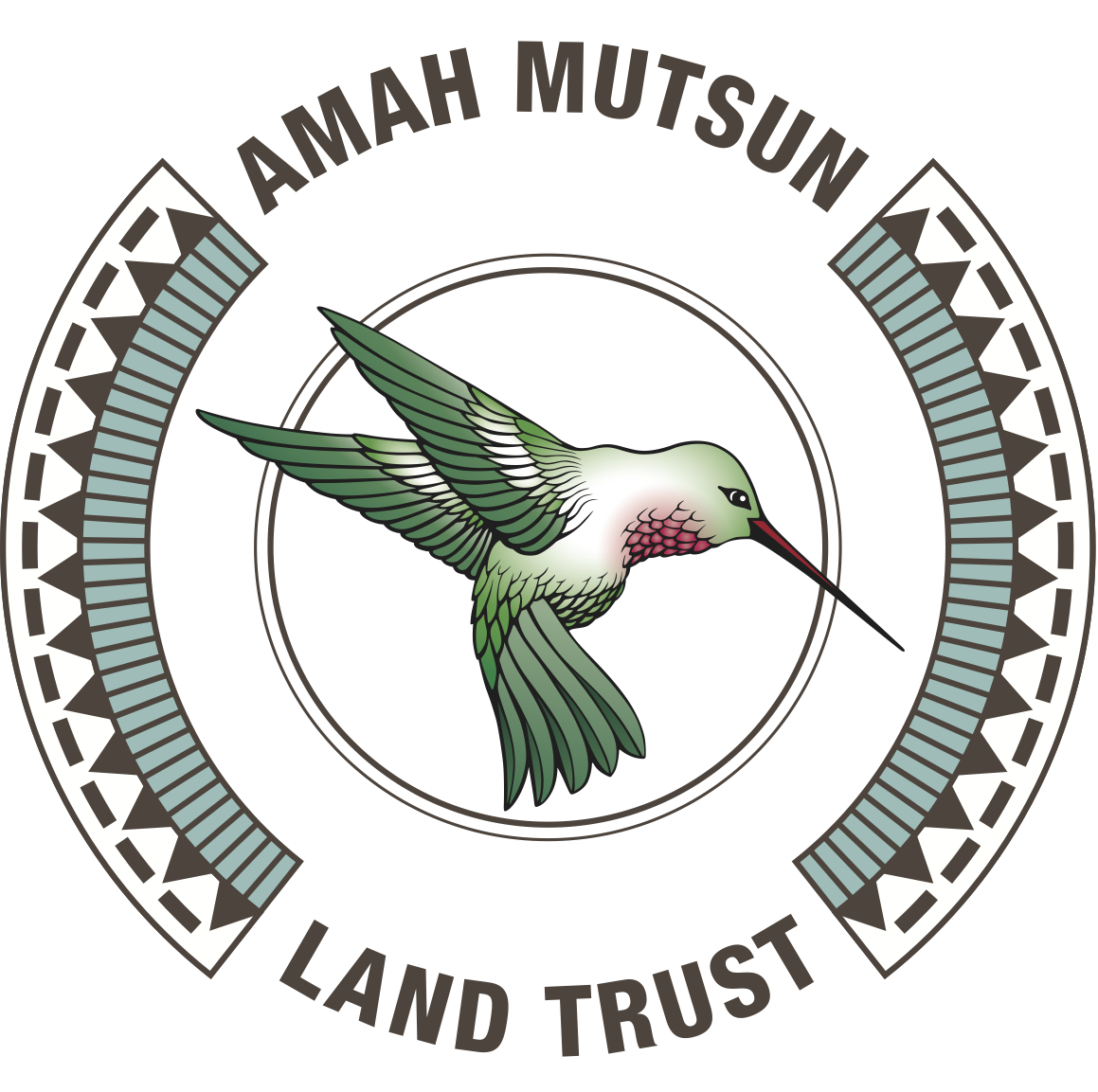Fall 2021 Newsletter
Restoring Amah Mutsun stewardship to the Pajaro River Valley
By Adam French, Interim Director of Programs
When we think of the Pajaro River Valley, many of us probably envision verdant row crops and plastic greenhouses where farmworkers tend berries and other high-value produce for consumers around the world. Given its character today, it can be hard to fathom just how drastically colonization and settlement over the last few centuries has transformed this region. Detailed historical ecological research, however, illustrates that the first Spaniards passing through this region encountered expansive wetlands and freshwater ponds, seasonally wet alkali meadows, and braided and meandering watercourses fringed by willow and sycamore groves.
Participants at the Star Creek Ranch educational day. Credit: Cat Wilder.
The area was also densely populated by the ancestors of the Amah Mutsun and neighboring tribes, whose lifeways were intricately linked to the plants and animals that these varied waterways supported. Local places or territories included tiuvta, which translates to place of the elk, here elk congregated in vast numbers around the adjacent lakes and marshes; juristac, meaning “place of the big head,” named for the important big head ceremonies that were held there; and calendaruc, meaning “house by the sea,” which was near the mouth of the Pajaro River and the Watsonville Sloughs. One account suggests that the name Pajaro (meaning bird in Spanish) was chosen when a group of Spanish explorers discovered the remains of a condor ceremony at a site beside the river.
Conversion of the region’s rich mosaic of waterways occurred through practices including draining wetlands, channelizing and damming rivers, and pumping groundwater. These actions created an agricultural empire, but they also destroyed the integrity of the ecosystems that Native peoples relied upon and stewarded. Today, we increasingly recognize the negative impacts of the last centuries’ development decisions as we face worsening problems including declining wildlife habitat and diversity, polluted waterways and overdrawn aquifers, and more severe droughts and floods.
To address these growing problems, we often find ourselves looking to the past for guidance, to both the form and function of the landscapes and waterways that provided vital “ecosystem services” such as biodiversity and flood attenuation and to the practices of Indigenous stewardship that helped sustain healthy environments. As a result, we understand the importance of restoring wetlands, riparian areas, and floodplains; re-establishing linkages between important wildlife habitats; and revitalizing populations of native plants and animals.
Another crucial aspect of the healing process entails the re-connection of Native people to these places and what Tribal Chairman Valentin Lopez refers to as the “restoration of sacredness” through the return of Indigenous ceremony and stewardship. With this in mind, Amah Mutsun Tribal Council has prioritized reengagement with the Tribe’s ancestral territory in the Pajaro River Valley and has been working through its Land Trust (AMLT) to return Mutsun stewardship and presence to the region for the long term.
One way in which AMLT has strategically been taking the Tribe’s mandate to return to active stewardship in the Pajaro River Valley forward is through engagement in California’s process of Integrated Regional Water Management (IRWM). IRWM brings diverse stakeholders involved in the varied dimensions of water management (water supply, sanitation, environmental stewardship, agriculture, flood management, etc.) to work together towards mutually beneficial objectives through coordinated planning and project development. As part of California’s Proposition 1 Water Bond, dedicated funding was awarded to the Department of Water Resources to improve tribal involvement in IRWM. With grant support from the California Indian Environmental Alliance and the Regional Water Management Foundation of Santa Cruz County, AMLT has received funding to engage in IRWM in several regions that overlap Amah Mutsun ancestral territory (SF Bay Area, Pajaro River, Santa Cruz, and Greater Monterey County). While much of IRWM revolves around regular stakeholder meetings and periodic IRWM plan updates, engagement in this process is helping AMLT build public awareness of the Tribe and its objectives, while cultivating relationships with a wide range of local stakeholders.
AMLT Native Stewardship Corps members and Watsonville Wetlands Watch staff connect during a collaborative workday in the Watsonville Sloughs. Credit: Alexii Sigona.
In alignment with Tribal Council’s goals, these relationships are supporting active engagement on the ground in the Pajaro region. In particular, this year AMLT has collaborated with the Land Trust of Santa Cruz County (LTSCC), Watsonville Wetlands Watch, the City of Watsonville’s Public Works Department, the Resource Conservation District of Santa Cruz County, and the Coastal Watershed Council in a series of collaborative work days and educational activities to bring AMLT’s Native Stewardship Corps and other Tribal members back to important spaces in the Pajaro River region. Some highlights include working on restoration activities in the Watsonville Sloughs with the Watsonville Wetlands Watch stewardship team and spending a day at LTSCC’s Star Creek Ranch property (connected to the sacred site of Juristac) learning about native plant uses, riparian ecosystems, and the Tribe’s history in the region.
Although these engagements are in their early stages, they are helping establish the relationships and Tribal presence that will return Amah Mutsun stewardship to the Pajaro River Valley for generations to come.


